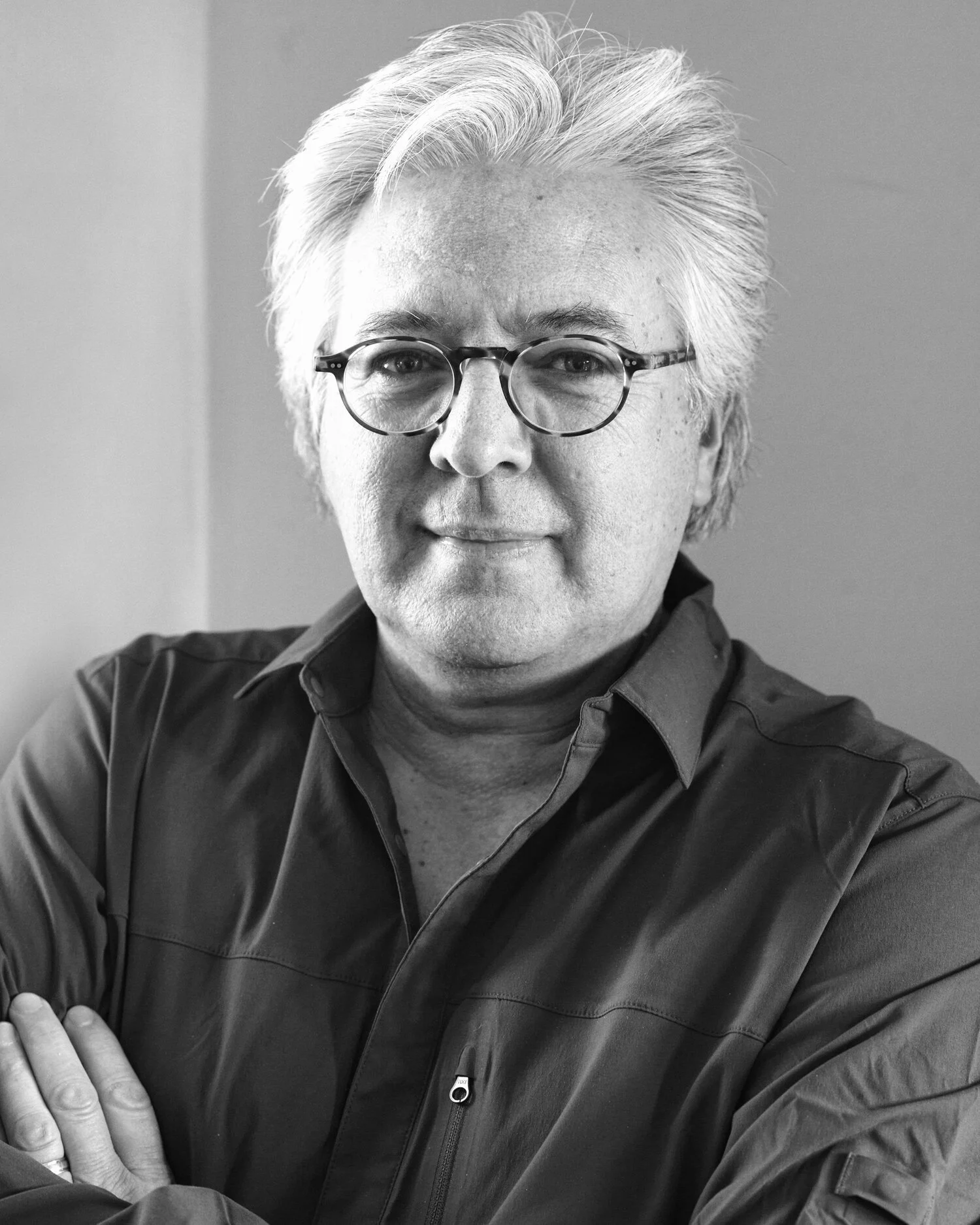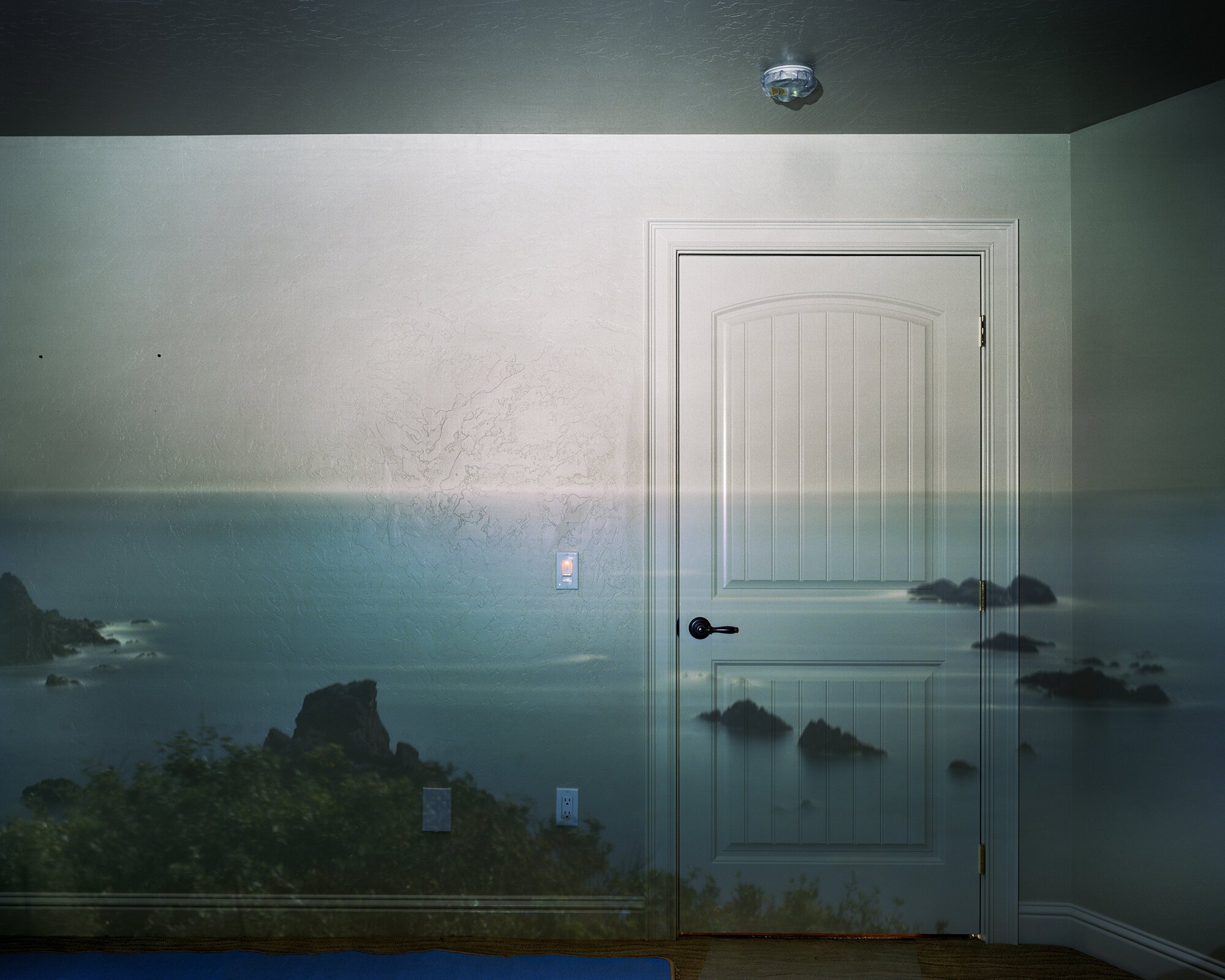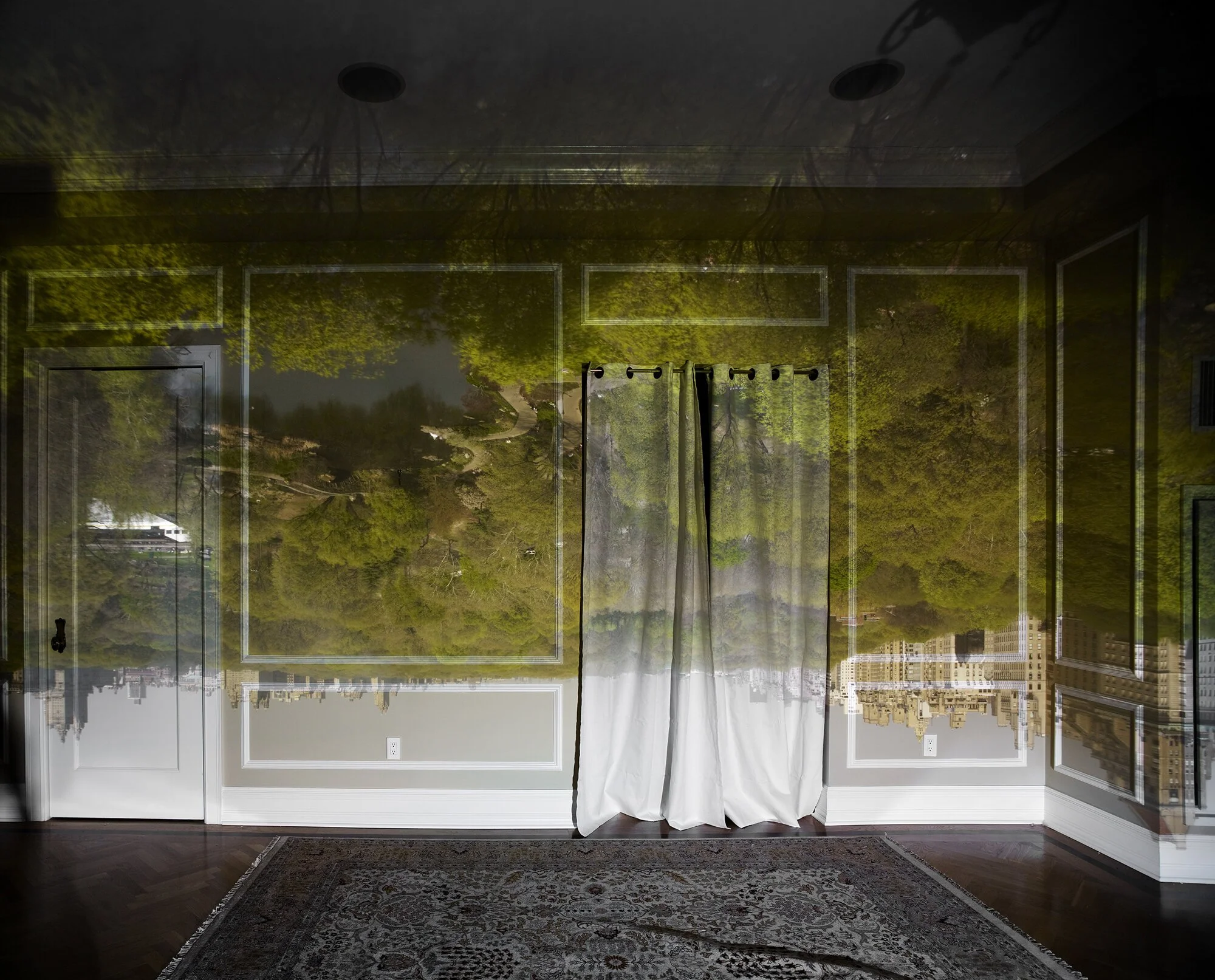From Our Archives: Abelardo Morell: The Cuban Missile
Portrait by Robin Myers. All images courtesy of the artist and Edwynn Houk Gallery, New York.
This essay was originally featured in ISSUE NO. 15 - PLACE.
Andrea Blanch: You were fourteen when you left Cuba. I’m curious to know how your Cuban background influences your work?
Abelardo Morell: Where were you born?
Andrea: Brooklyn.
Abelardo: How does your Brooklyn background influence your work?
Andrea: Well, I have a tendency to like cities [both laugh].
Abelardo: I think the biggest effect it had on my life was the idea of leaving a place that I had been born in, and arriving in NYC at 13 or 14. That shift, the relocation…not necessarily being Cuban, but just the relocation. The exile experience that so much of America is like, that was a real reset for me. The Cuban thing, you know, not sure that I could specifically say what about Cuba or Cuban-ness has affected me, but I think growing up by the beach and the sea was very important. I grew up right by a small beach town, and I think that sense of openness and infinity did give me some sense of ambition.
Andrea: I’ve never met a Cuban that doesn’t work hard. I have a Cuban friend and I call him the Cuban Missile, and you’re very prolific. It may be a generalization, but from what I’m hearing from you I think it’s true.
Abelardo: I think probably exiles tend to generally work harder because there is a certain thing that they’re maybe trying to compensate for. I didn’t speak English when I arrived so in some ways I was trying to compensate for deficiency early on. And also as a way to prove to Americans that, you know, I’m as good as you guys. I think we are constantly trying to prove ourselves.
Abelardo Morell, Camera Obscura: Afternoon Light On The Pacific Ocean, Brookings, Oregon, July 13th, 2009.
Andrea: I have to say to you, I think your work is sublime. I’m curious, how did you get to camera obscura and using that process for your work?
Abelardo: I was teaching at a college in Boston called the Massachusetts College of Art, and in 1991 I had a sabbatical for eight months. I had been working on optical pictures; pictures of light bulbs and things like that. Just crude objects being examined by my work, my glasses and things like that. Then I thought of how in the mid-80’s one of my teaching methods was to turn my classrooms at Massachusetts into camera obscuras. I was really affected by these savvy kids all kind of going, “Oh my God!” You know, they were really touched, so I knew there was something really powerful about that phenomenon. So in ’91 I thought, why not try to make a picture of that effect, the phenomenon itself, which had not really been made before. People have used pinhole cameras, but a photograph inside a room converted into a camera obscura and photographed, no one had done that before for some reason. It was always mentioned in art history texts and things like that, so in ‘91 I attempted to try and make a picture like that, and when it came out I was just kind of blown away by how wonderful and weird and crazy it was. But it did take me a while to get the technical stuff going on. Those exposures back then were made with film and just a pinhole—well, not a pinhole but a 3/8ths of an inch hole—and those exposures tended to be about 8 hours long, so it was a strange beginning. It was like the beginning of photography in some ways for me. Now of course, things have changed radically, but that was the beginning. In some sense, I’ve tried to achieve surrealism through very straight methods. Not by putting floating elephants in the room and shit like that.
Andrea: What’s the process like now? You say it’s changed radically, so how has it changed?
Abelardo: So the beginning pictures from ’91 were just basically me darkening the whole room with dark plastic and then I would make a small hole, like 3/8ths of an inch looking out. So, a very dim image of the outside showed on the opposite wall. It wasn’t super bright, so those film pictures just took a lot of exposure to get them right. Some of them, like I said, were 8 hours long. Over time I’ve developed ways to get the image brighter by getting a lens made that will focus on the distance of that wall, not only brighter, but sharper. Then I found ways to invert the image so instead of them being always upside-down, I can turn them right side up. I’ve shot in color, and recently—well the last 5 or 6 years—I’ve been using a digital camera. So the 5-8 hour exposures are now 3-5 minutes long. So it’s changed radically.
Abelardo Morell, Camera Obscura: View Of Central Park Looking North – Spring, 2010.
Read more of this essay in ISSUE NO. 15 - PLACE.
View more of Abelardo Morell’s work here.










